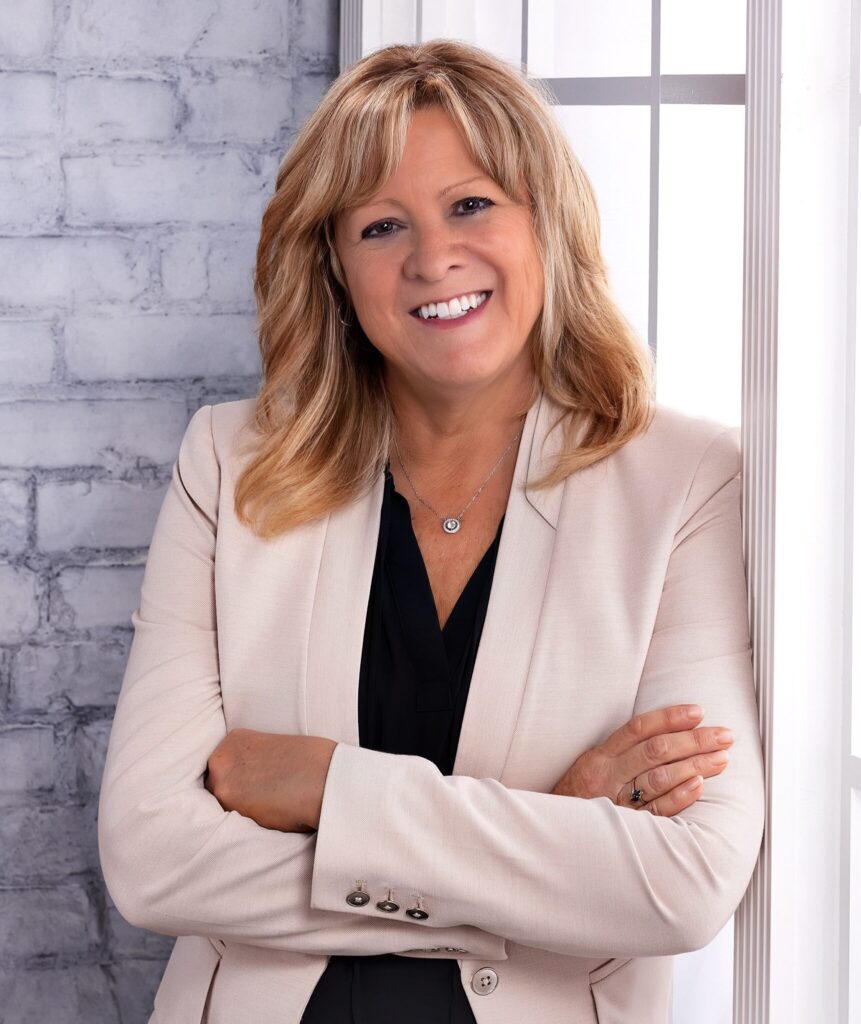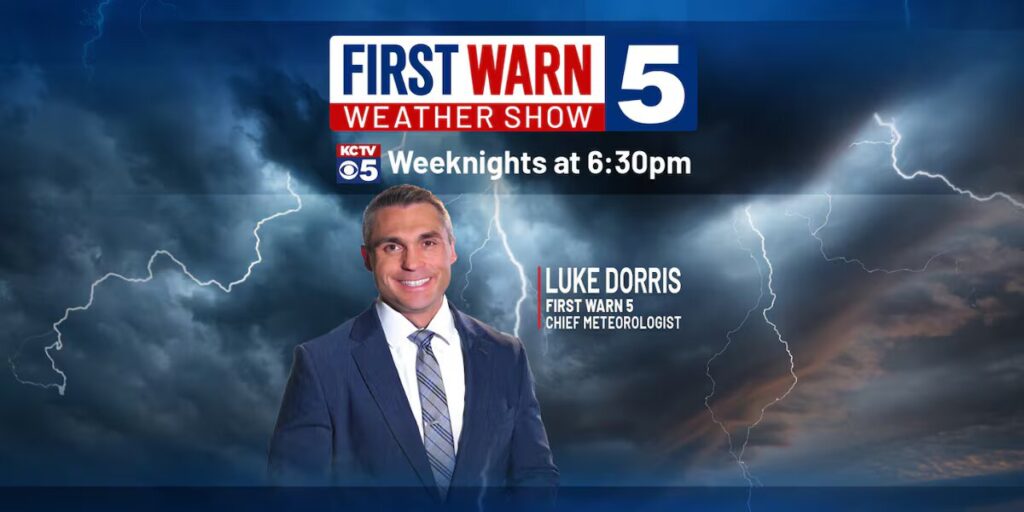Political candidates and advocacy groups will be spending $3.3 billion on local TV next year, but it will not be evenly distributed across the industry, forecasts Steve Passwaiter of Kantar Media, which tracks ad spending of all kinds. It goes to the states and markets where the hot races are, he said. What's more, digital media will be stepping up efforts to take more of the political dollars, he said. "They smell the opportunity."
Local To Get $3.3B In Political In 2016, But…
Next year’s political campaigns will spend an estimated $3.3 billion on local TV advertising, but it’s the stations lucky enough to be located in regions where races will be closely fought that will fare best.
That was the word from Steve Passwaiter, senior director, business development, political, for Kantar Media, who delivered an in-depth forecast of local TV’s political fortunes in the coming election year at the TVB Forward conference Thursday in New York.
Among the states where political windfalls for stations should be particularly robust are California, Florida and Illinois, he said.
In California, Democrat Barbara Boxer’s Senate seat will be up for grabs next year, which means primaries in both major parties as well as the general election.
In Florida, a similar situation will occur in the race to succeed Marco Rubio in the Senate, Passwaiter said, as potential nominees from both parties flood the airwaves with advertising before primary day. In Illinois, he noted, Republican Sen. Mark Kirk faces a tough fight for reelection.
“There’s another Senate race in North Carolina. The last one two years ago was a nine-figure spending race,” he said. The state will also have a governor’s race next year, he said.
He also cited the potential for political windfalls stemming from close races in Nevada, where Sen. Harry Reid is retiring and leaving his Senate seat up for grabs, and in Maryland, where Sen. Barbara Mikulski is retiring and candidates are already lining up to run for her seat. “There are two candidates, both congresspeople from areas right around the District of Columbia,” Passwaiter said.
“And, of course, there’s Ohio,” Passwaiter said. “I can almost see the Scripps, Raycom and Sinclair people smiling from here because Ohio will once again play a critical role in the presidential election,” he said.
In a number of states, referendums on ballots next year will also drive spending. Among them: A referendum in California to legalize marijuana.
With Planned Parenthood mired in controversy (a hot topic at Wednesday night’s Republican debate on CNN), he said, local stations should expect advocacy spots both for and against the group.
Passwaiter said that the old saying that “campaigns don’t start until the first commercial appears on television” still holds true with local TV maintaining its position as a candidate’s first choice among all other local or regional media for campaign advertising.
But he also said digital media is stepping up their efforts to try to obtain a bigger portion of the local political advertising pie from local TV. He said companies such as Google, Facebook, Yahoo, Twitter, Snapchat and others have taken offices in Washington to position themselves to make pitches for campaign cash.
“They smell an opportunity,” he said.
Read all of TVNewsCheck’s TVB Forward coverage here.


























Comments (2)
Jeff Groves says:
September 18, 2015 at 10:57 am
With the Election more than a year away, I’ve had to turn off my phone answering machine because I’m getting pelted with “robocalls” from various candidates. Some areas are already getting political commercials on TV and radio. 2016 is going to be H-E (Double Hockey Sticks).
Thank Heaven for Home Video (That’s DVDs, Blu-Ray Discs, VHS, Compact Discs Tapes, Streaming, or whatever it takes to avoid these pests. I’m sure these kinds of ads will be a factor as more and more people “cut the cord” in the months ahead.
Greg Johnson says:
September 21, 2015 at 4:15 pm
If the DNC get its way, programmatic TV is the perfect answer for political advertising placement.